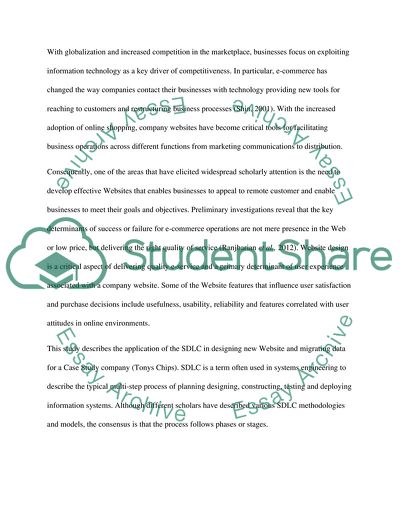Cite this document
(Website Migration and Design Project Report Example | Topics and Well Written Essays - 2750 words, n.d.)
Website Migration and Design Project Report Example | Topics and Well Written Essays - 2750 words. https://studentshare.org/information-technology/1861802-website-migration-project-week-10
Website Migration and Design Project Report Example | Topics and Well Written Essays - 2750 words. https://studentshare.org/information-technology/1861802-website-migration-project-week-10
(Website Migration and Design Project Report Example | Topics and Well Written Essays - 2750 Words)
Website Migration and Design Project Report Example | Topics and Well Written Essays - 2750 Words. https://studentshare.org/information-technology/1861802-website-migration-project-week-10.
Website Migration and Design Project Report Example | Topics and Well Written Essays - 2750 Words. https://studentshare.org/information-technology/1861802-website-migration-project-week-10.
“Website Migration and Design Project Report Example | Topics and Well Written Essays - 2750 Words”. https://studentshare.org/information-technology/1861802-website-migration-project-week-10.


